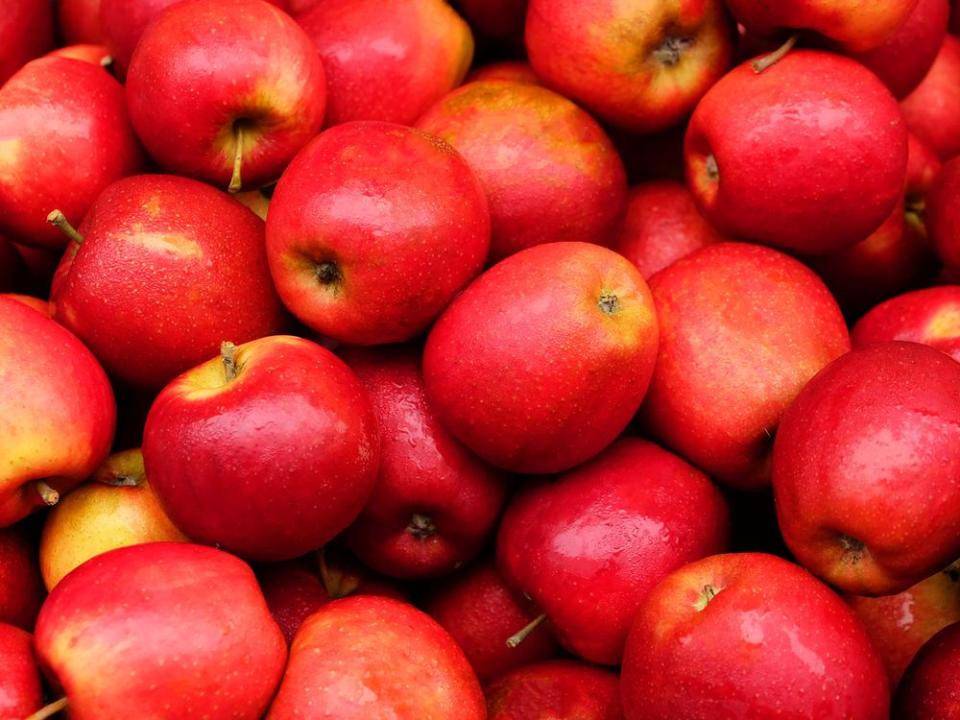Here’s the Best Way to Wash Apples, According to Science
When preparing produce, the Food & Drug Administration recommends that you wash fruits and vegetables thoroughly under running water beforehand to, at the very least, remove and dirt and bacteria. But what if you’re worried about any excess pesticides that may remain? A new study published this week in the Journal of Agricultural and Food Chemistry set out to specifically answer this question: What is the best washing method for removing pesticides from apples?

Researchers from the University of Massachusetts looked at the effectiveness of three different washing methods when it comes to removing two different types of pesticides – thiabendazole, a fungicide, and phosmet, an insecticide. The former is a systemic pesticide and the latter a non-systemic pesticide, meaning they work on the fruit in different ways. In preparation for the experiment, apples were exposed to both of these pesticides for 24 hours. The fruit then went through one of three cleaning methods: tap water, as the FDA recommends; a Clorox bleach solution reportedly approved by the Environmental Protection Agency and often used in the apple industry postharvest; and a solution of water and baking soda (sodium bicarbonate, aka NaHCO3) that most people could make at home.
Of the three methods, the study concluded that, actually, a baking soda bath was the most effective for extensive removal of both pesticides. The NaHCO3 solution was able to completely remove all thiabendazole and phosmet residue from the surface of the apple in 12 and 15 minutes respectively. “In the presence of NaHCO3, thiabendazole and phosmet can degrade, which assists the physical removal force of washing,” the study explained.
But though the baking soda method was extremely effective at removing surface residues, the researchers warned that pesticide residues that had seeped into the skin – ���internalized pesticides” – still lingered. Lab results showed that “20% of applied thiabendazole and 4.4% of applied phosmet had penetrated into the apples following the 24 h exposure.” As a result, the study suggests that a fourth method is probably more effective in removing pesticides overall, but it comes with its own drawbacks. “Peeling is more effective to remove the penetrated pesticides; however, bioactive compounds in the peels will become lost too,” the researchers lament.
However, beyond simply advising those at home on the best way to wash off pesticides, the authors also had a takeaway for the apple industry. “This study gives us the information that the standard postharvest washing method using Clorox bleach solution for 2 min is not an effective means to completely remove pesticide residues on the surface of apples,” the paper states. How do you like them apples?

